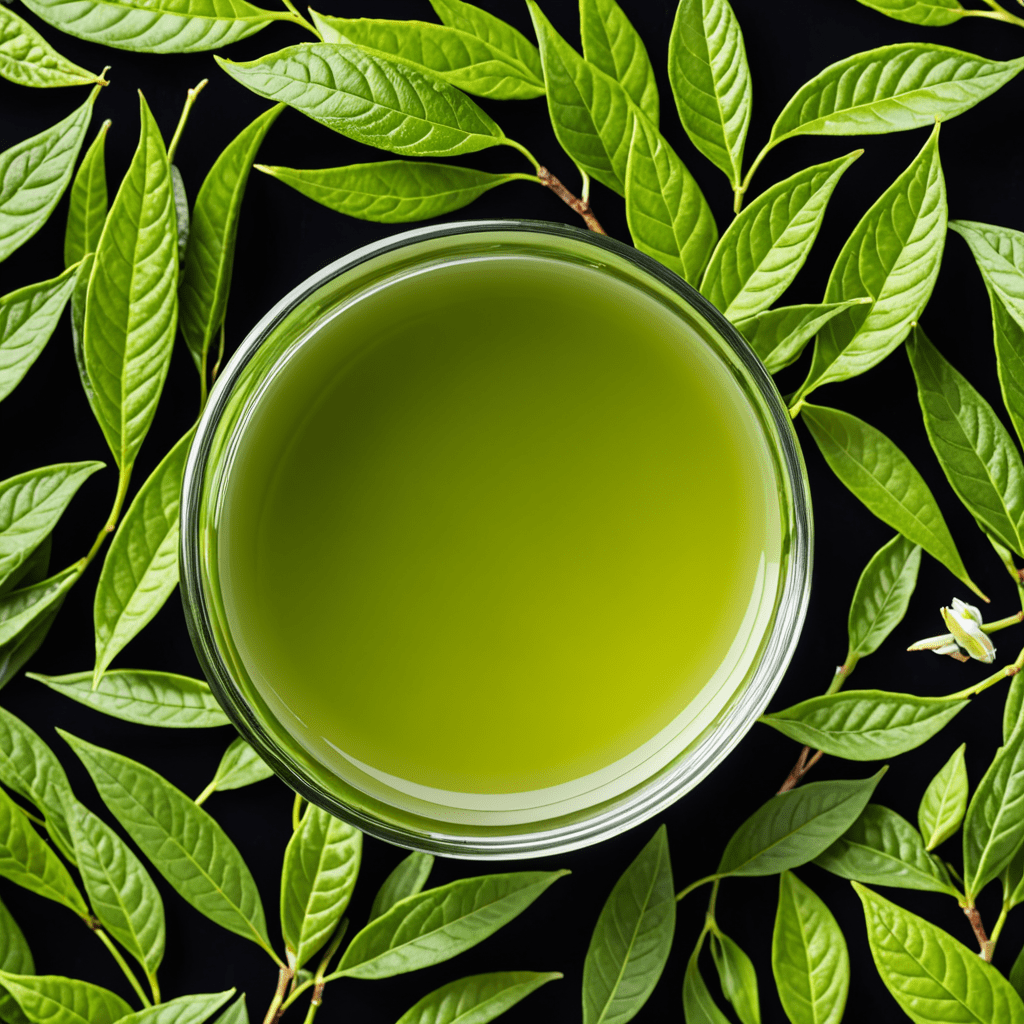
Introduction
Assam tea, renowned for its distinctive flavor and rich history, stands as a cornerstone of Indian culture. It is widely consumed throughout the country, deeply intertwined with daily life and tradition. Assam's unique climate and cultivation practices contribute to the exquisite quality of this beloved beverage.
History and Origins of Assam Tea
The origins of Assam tea can be traced back centuries. Indigenous Assamese tribes have long used the leaves of the Camellia sinensis plant for medicinal purposes. In the 19th century, British colonists recognized the potential of Assam's tea industry and began large-scale cultivation, establishing the region as a global leader in tea production.
Geographical Distribution and Climatic Conditions
Assam tea is primarily cultivated in the northeastern Indian state of Assam, situated in the Brahmaputra River Valley. The region's subtropical climate, abundant rainfall, and fertile soil provide ideal conditions for tea plants to thrive. The warm, humid environment encourages a long growing season and multiple harvests throughout the year.
Cultivation and Processing Techniques
Assam tea is typically grown in large, sprawling plantations. The tea plants are pruned and shaped to maximize leaf production. Harvesting is done manually, with skilled workers plucking the two youngest leaves and a bud from each stem. The leaves are then processed using a traditional method known as oxidation or fermentation. This process allows the leaves to develop their deep amber color and full-bodied flavor.
Varieties and Grades of Assam Tea
Assam tea encompasses a wide range of varieties and grades, each with distinct characteristics. The most popular varieties include Assam Black Tea, known for its robust flavor and high caffeine content; Assam Green Tea, which offers a more delicate taste and higher antioxidant levels; and Assam CTC (Crush, Tear, Curl) Tea, characterized by its strong, brisk flavor and ability to withstand extended brewing times. Within each variety, multiple grades exist, based on factors such as leaf size, appearance, and quality.
Health Benefits and Nutritional Value
Beyond its culinary appeal, Assam tea is also renowned for its health benefits. Rich in antioxidants, particularly theaflavins and thearubigins, it has been linked to reducing inflammation, improving heart health, and protecting against certain types of cancer. Additionally, Assam tea contains polyphenols, which may help lower cholesterol levels and enhance cognitive function. Its high caffeine content also provides a boost of energy and alertness.
Role in Indian Cuisine and Culture
Assam tea holds a central place in Indian cuisine and culture. It is typically consumed with milk and sugar, often as a chai, a spiced tea beverage. Assam tea is an integral part of social gatherings, rituals, and festivals, serving as a symbol of hospitality, warmth, and community. Its distinct flavor and aroma have inspired countless literary works, songs, and films, further cementing its cultural significance.
Socioeconomic Importance
The Assam tea industry is a significant contributor to the state's economy and employment. It provides livelihoods for millions of workers, from tea farmers and pluckers to processors and distributors. The industry also generates substantial revenue through exports, contributing to India's global tea trade. The socioeconomic importance of Assam tea extends beyond its economic impact, fostering a sense of regional pride and cultural identity.
Challenges and Sustainability
Like many agricultural industries, Assam tea faces challenges related to climate change, sustainability, and fair trade practices. Rising temperatures and changes in rainfall patterns can affect tea production and quality. Sustainable farming practices that minimize environmental impact and ensure equitable conditions for workers are becoming increasingly important. Fair trade initiatives aim to address issues of worker rights, wages, and community development, ensuring the long-term sustainability of the Assam tea industry.
FAQs
Q: What makes Assam tea different from other types of tea?
A: Assam tea is known for its bold, robust flavor, deep amber color, and high caffeine content. Its unique characteristics are attributed to the region's climate and processing techniques.
Q: How is Assam tea traditionally consumed in India?
A: Assam tea is commonly enjoyed as a chai, a spiced tea beverage made with milk, sugar, and often additional spices like cardamom and ginger. Chai is a staple drink in Indian households and a symbol of hospitality and community.
Q: What are the health benefits of Assam tea?
A: Assam tea is rich in antioxidants and polyphenols, which have been linked to various health benefits. These include reducing inflammation, improving heart health, protecting against certain types of cancer, and enhancing cognitive function.
Q: Is Assam tea sustainable?
A: The sustainability of Assam tea depends on factors such as farming practices, environmental impact, and fair trade policies. Sustainable farming methods that minimize chemical use and promote biodiversity are vital. Fair trade initiatives ensure fair wages and working conditions for tea workers, fostering the long-term sustainability of the industry.


